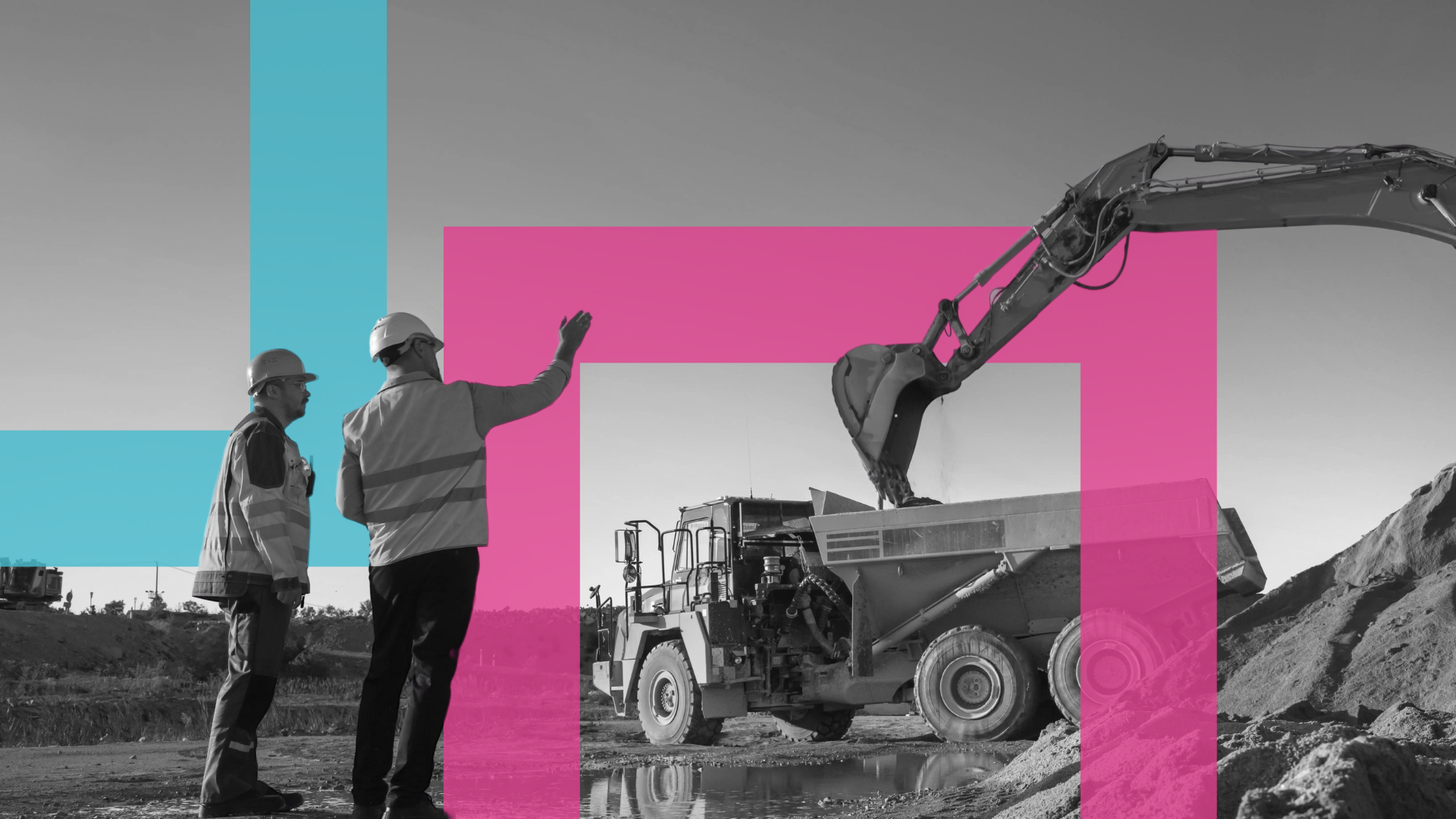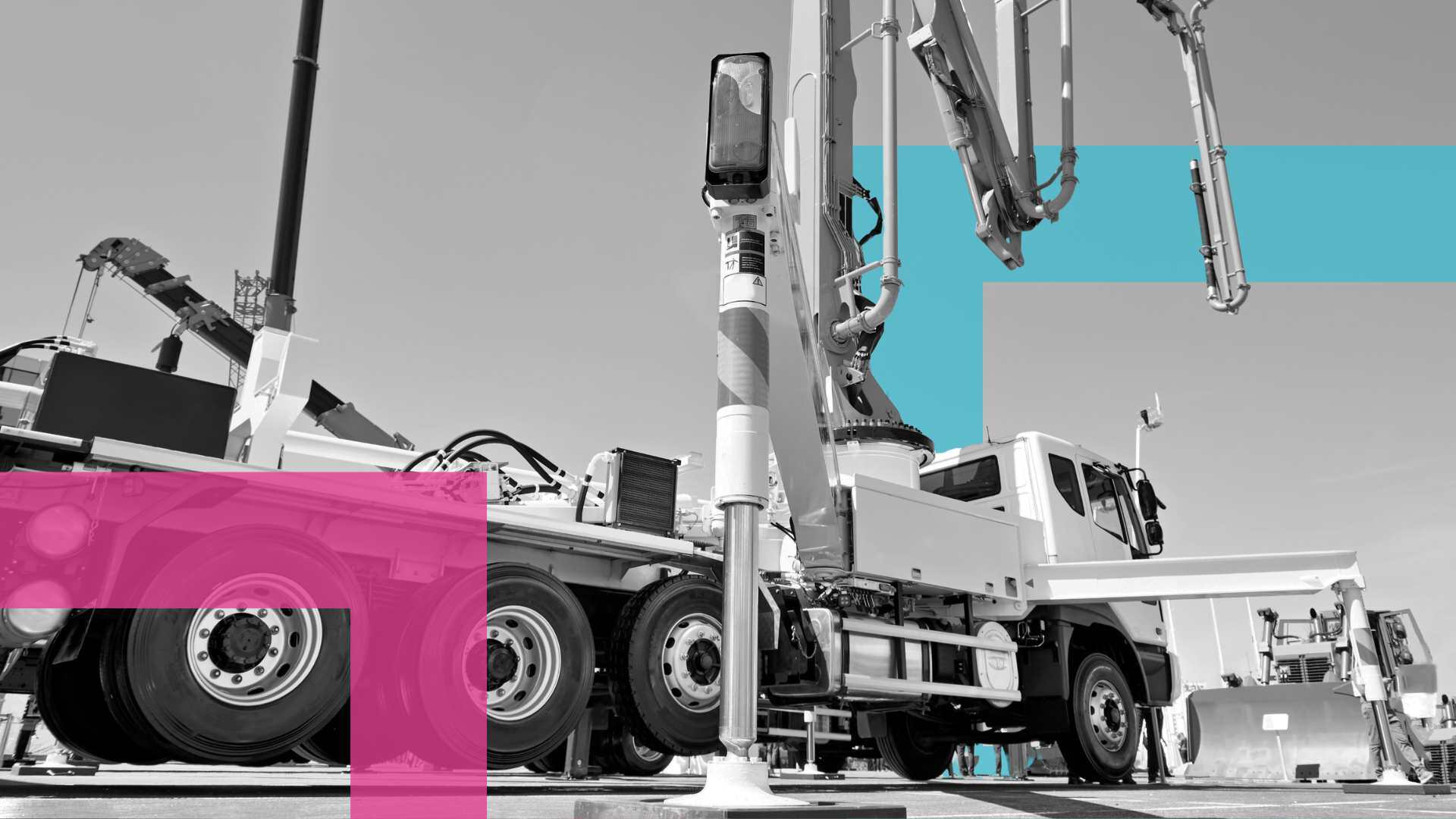Pre Start Plus rebranded to Ideagen Asset Guard
Ideagen Plant Assessor is pleased to announce the rebrand of its flagship pre-start app, Pre Start Plus, to Asset Guard. This rebrand aligns with...
|
|
Machinery Pre Starts
|
|
|
Risk Management &
|
|
|
Document Management
|
|
|
Dashboards & Reporting
|
|
|
Machinery Risk Assessments
|
|
|
Service & Maintenance
|
|
|
Safe Operating Procedures
|
|
|
MySite
|
|
|
View All Features |
Case Studies
Hear from our clients
Events
Find us at industry events
Guides
Find industry-specific guides
Learn
Educational content
News & Articles
Industry news and articles
Safety Legislation
We keep up with safety legislation
so you don't have to
Videos
Find overviews and informative
videos here
Webinars
View upcoming and on-demand webinars
Promotions
See our current promotions
FAQ
All of our frequently asked questions
Help Centre
How to use our software
View a Demo
Let us walk you through Ideagen Plant Assessor features
Release Centre
Product updates and release information
3 min read
![]() Matt Turner
:
August 2024
Matt Turner
:
August 2024

In the fast-paced world of construction and project management, mobilising contractors and machinery efficiently and safely is crucial. However, many principal contractors stumble upon common pitfalls that can lead to delays, increased costs and safety hazards. To help you navigate these challenges, we've identified seven critical errors to avoid when mobilising contractors and machinery in this article.
Manual processes can be a significant bottleneck in managing contractors and machinery. They are often inefficient and time-consuming, leading to delays and increased operational costs. The risk of human error is also heightened with manual data entry and tracking, which can result in miscommunication and inaccuracies. Manual processes also lack real-time data, creating challenges when making informed decisions promptly. As projects grow, these processes become even harder to scale, limiting your ability to manage larger, more complex projects, more contractors and larger fleets of machinery. Additionally, manual methods hinder collaboration, as they often involve isolated, siloed information.
Solutions to avoid these issues include:
An inadequate prequalification and onboarding process can start off a project in an inconsistent manner and increase the risk of unskilled or unqualified contractors working on site. This can not only threaten project timelines but also compromise site safety. Contractors who are not properly vetted or onboarded may lack the necessary skills and understanding of site-specific safety protocols, increasing the risk of incidents occurring.
Solutions that can prevent unsafe contractors working on your site include:
Without clear accountability, contractors may not fully understand their responsibilities, especially regarding site safety and requirements. This lack of clarity can lead to performance issues and poor compliance with rules and regulations. Without clear expectations for accountability, tracking contractor performance can become challenging, making it difficult to address problems as they arise.
Solutions for improving contractor accountability include:
Inconsistent documentation can be a major issue when utilising contractors from many different companies as they all have their own documentation and documentation processes which can vary significantly. It can create ambiguity around contractor compliance and increase administrative workloads. Without standardised processes, it can become challenging to maintain accurate records, which are crucial for audits and regulatory compliance.
Solutions for ensuring consistent contractor documentation include:
A lack of visibility into contractor activities, as well as the safety and compliance statuses of themselves and their machines, can make it difficult to monitor progress and ensure the project stays on track. This lack of clarity can lead to coordination and communication challenges, impacting the success of quality control processes and ultimately, the success of the project.
Solutions for reducing these issues on your site include:
Non-compliance with regulatory requirements can pose significant safety risks and lead to severe consequences, including financial penalties, prosecution and damage to your business's reputation. Ensuring that all contractors comply with relevant regulations is essential to maintaining a safe and legally compliant work environment.
Solutions for helping to ensure contractor compliance include:
Machines can be valuable tools for improving efficiency on site, however, they are inherently dangerous. Using unsafe machinery can dramatically increase the risk of incidents, injuries or even fatalities on site. This not only poses legal risks but can also result in project delays and increased costs due to downtime.
Solutions for preventing unsafe machinery from being used on your site include:
Check out our on-demand webinar, 7 critical errors to avoid in contractor and machinery mobilisation. You’ll also gain access to a comprehensive guide complete with strategies to prevent these mistakes from causing problems on your site.
Disclaimer: This information is intended to provide general information on the subject matter. This is not intended as legal or expert advice for your specific situation. You should seek professional advice before acting or relying on the content of this information.
About the Author
Matthew Turner is Managing Director of Ideagen Plant Assessor. Matt has been a part of Ideagen Plant Assessor since 2008, having gained a deep understanding of workplace health and safety management and behavioural safety management through his extensive experience in the industrial, manufacturing and distribution industries. Read More.

Ideagen Plant Assessor is pleased to announce the rebrand of its flagship pre-start app, Pre Start Plus, to Asset Guard. This rebrand aligns with...
.png)
Many businesses operating machinery still rely on traditional paper pre start books for daily machinery checks. While these booklets serve their...

A concrete company based in Melbourne has been convicted and fined $30,000 after an incident involving a concrete pump resulted in a worker’s hand...